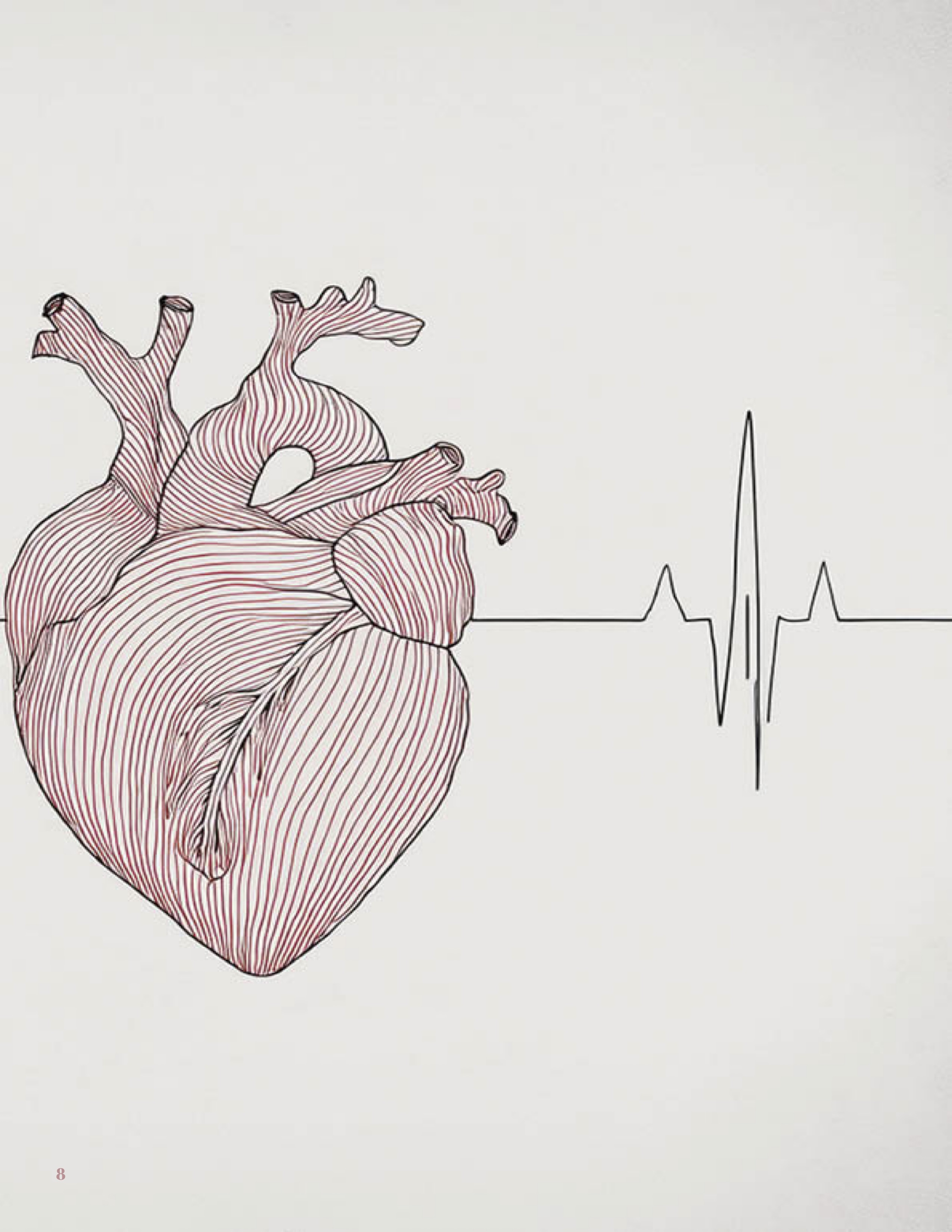Aortic valve replacement via mini-sternotomy versus full sternotomy: a single centre retrospective cohort study
DOI:
https://doi.org/10.33178/SMJ.2025.1.1Keywords:
Aortic valve replacement, Aortic valve replacement via mini-sternotomy, Aortic valve replacement via full sternotomy, Mini-sternotomy, Peri-operative outcomes, Post-operative outcomesAbstract
Background: The traditional method of aortic valve replacement (AVR) is via full sternotomy. However, this incision may not heal properly and cause significant pain. Minimally-invasive methods have been adopted, including mini-sternotomy, gaining popularity due to a smaller incision, reducing surgical trauma. The hypothesis is that AVR via mini-sternotomy is a safe alternative to full sternotomy.
Methods: This retrospective study compares 2 groups; AVR via mini- and via full sternotomy. Inclusion criteria were all patients 18 and over who underwent AVR between September 2016 and December 2022 in Cork University Hospital. Patients who underwent concomitant cardiac procedures were excluded. Statistical analysis was performed using STATA software. Continuous data was analysed using the student t-test. Categorical data was analysed using the Pearson chi-squared test. A p value of <0.05 was deemed statistically significant.
Results: 169 patients were included; 96 and 73 in the mini- and full sternotomy groups, respectively. Groups were well matched in terms of baseline characteristics including age, BMI, and co-morbidities. The mini-sternotomy group showed a statistically significantly shorter hospital length of stay (t(166)=4.24, p=0.000). There were no statistically significant differences in intra- (t(167)=1.8, p=0.067) and post-operative blood transfusion requirements (t(167)=0.53, p=0.592). The mini-sternotomy group had significantly longer cross-clamp (t(167)=-2.1, p=0.039) and cardio-pulmonary bypass times (t(167)=-2.45, p=0.015).
Conclusion: AVR via mini-sternotomy has been associated with shorter hospital stay, with the drawback of increased cross-clamp and cardio-pulmonary bypass times. This retrospective study demonstrates mini-sternotomy as a safe alternative to full sternotomy, in the cohort studied.
References
Rajput FA, Zeltser R. Aortic Valve Replacement. StatPearls Publishing 2023. https://www.ncbi.nlm.nih.gov/books/NBK537136/
Ahmed T, Puckett Y. Aortic Valve Repair. StatPearls Publishing 2024. https://www.ncbi.nlm.nih.gov/books/NBK558939/
Goyal A, Chhabra L, Parekh A, Bhyan P, Khalid N. Minimally Invasive Aortic Valve Surgery. StatPearls Publishing 2022. https://www.ncbi.nlm.nih.gov/books/NBK470376/
Darzi A, Munz Y. The Impact of Minimally Invasive Surgical Techniques. Annual Review of Medicine 2004; 55(1):223-37. https://www.annualreviews.org/content/journals/10.1146/ annurev.med.55.091902.105248
Kaczmarczyk M, Szalanski P, Zembala M, Filipiak K, Karolak W, Wojarski J, et al. Minimally invasive aortic valve replacement – pros and cons of keyhole aortic surgery. Polish Journal of Cardio-thoracic Surgery 2015; 12(2):103-10. https://www.ncbi.nlm.nih.gov/pmc/articles/PMC4550017/
Phan K, Xie A, Di Eusanio M, Yan TD. A Meta-Analysis of Minimally Invasive Versus Conventional Sternotomy for Aortic Valve Replacement. The Annals of Thoracic Surgery 2014; 98(4):1499-511. https://www.annalsthoracicsurgery.org/13article/S0003-4975(14)01180-1/fulltext
Walther T, Falk V, Mohr FW. Minimally Invasive Surgery for Valve Disease. Current Problems in Cardiology 2006; 1(6):399-437. https://www.sciencedirect.com/science/article/abs/pii/S0146280606000156?via%3Dihub
Harrington J, Barrett S, Duggan E, Doddakula K. Aortic valvereplacement via mini-sternotomy: Results of a single centre analysis. UCC Student Medical Journal 2024; 4:37-42. https://journals.ucc.ie/index.php/smj/article/view/4109
Paparella D, Malvindi PG, Santarpino G, Moscarelli M, Guida P, Fattouch K, et al. Full sternotomy and minimal access approaches for surgical aortic valve replacement: a multicentre propensity-matched study. European Journal of Cardiothoracic Surgery 2015; 4:26-32. https://academic.oup.com/ejcts/article/57/4/709/5606744?login=false
Hamm CW, Mollman H, Holzhey D, Beckmann A, Veit C, Figulla HR, et al. The German Aortic Valve Registry (GARY): in-hospital outcome. European Heart Journal 2014; 25:1588-98. https://pubmed.ncbi.nlm.nih.gov/24022003/
Salsano A, Giacobbe DR, Sportelli E, Olivieri GM, Natali R, Prevosto M, et al. Aortic cross-clamp time and cardiopulmonary bypass time: prognostic implications in patients operated on for infective endocarditis. Interactive CardioVascular and Thoracic Surgery 2018; 27(3):328-335. https://academic.oup.com/icvts/article/27/3/328/4951657
Faraz A, Fundano N, Qureshi AI, Tarar MY, Yawar B, Mohammed GDF. Comparison between mini-sternotomy and full sternotomy for aortic valve replacement: A 10-year retrospective study. Cureus 2022; 14(11). https://www.ncbi.nlm.nih.gov/pmc/articles/PMC9757642/#REF1
Hancock HC, Maier RH, Kasim A, Mason J, Murphy G, Goodwin A, et al. Mini-sternotomy versus conventional sternotomy for aortic valve replacement: a randomised controlled trial. BMJ 2021; 11(1). https://bmjopen.bmj.com/content/11/1/e041398.long
Aliahmed H, Karalius R, Valaika A, Grebelis A, Semeniene P, Cypiene R. Efficacy of Aortic Valve Replacement through Full Sternotomy and Minimal Invasion (Ministernotomy). Medicina 2018; 54(2):26. https://www.mdpi.com/1648-9144/54/2/26
Neely RC, Boskovski MT, Gosev I, Kaneko T, McGurk S, Leacche M, et al. Minimally invasive aortic valve replacement versus aortic valve replacement through full sternotomy: the Brigham and Women’s Hospital experience. Annals of Cardiothoracic Surgery 2015; 4(1):38-48. https://pubmed.ncbi.nlm.nih.gov/25694975/

Downloads
Published
License
Copyright (c) 2025 Joey Harrington, Dr. Seán Barrett, Dr. Eileen Duggan, Mr. Kishore Doddakula

This work is licensed under a Creative Commons Attribution-NonCommercial 4.0 International License.









